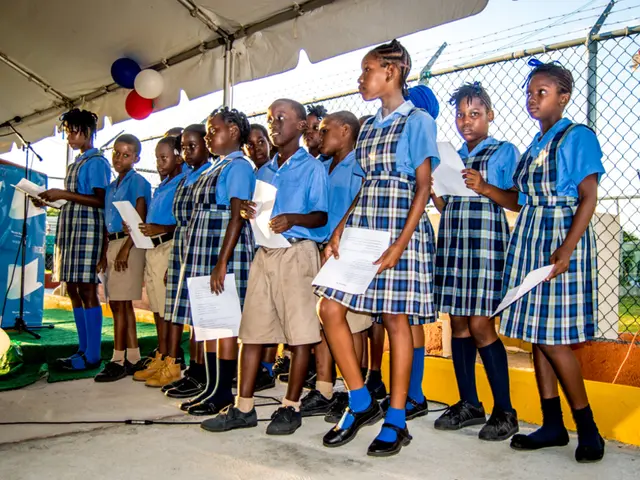Governments Debate Overhauling Speed Limit Policies
In California, Kendra Ramsey, the executive director of the California Bicycle Coalition, calls for a greater emphasis on valuing all road users. This sentiment is mirrored in several states, where the 85% rule, a long-standing guideline for setting speed limits, is being questioned and potentially replaced.
The 85% rule, a widely accepted concept, suggests that a road's posted speed should be based on the speed at which the 15th-fastest vehicle out of every 100 in free-flowing traffic travels. However, organisations like the Vision Zero Network and the National Association of City Transportation Officials (NACTO) in the United States are proposing alternatives aimed at minimising injury risk for all road users.
These alternatives advocate for speed management strategies that prioritise vulnerable road users and create safer street designs over traditional traffic flow metrics. For instance, setting speed limits based on safety outcomes rather than the speed at which 85% of drivers travel.
Ohio is one state considering these changes. The state has hired a consultant to consider additional modifications to speed limit guidelines, taking cues from what other states are doing. Ohio's guidelines are also evolving to give more consideration to roadway context, allowing cities to reduce speed limits based on the lower standard of the 50th percentile speed when there's a large presence of pedestrians and bicyclists.
This shift in approach is not limited to Ohio. Madison, the capital of Wisconsin, has been lowering speed limits on local residential streets this summer, changing signs from 25 mph to 20 mph. Similarly, if elected officials in Sylvania Township, Ohio, succeed, the speed limit on Mitchaw Road would be reduced from 55 mph to 40 mph or lower.
Mitchaw Road, a two-lane road, passes an assisted living community, a church, two schools, and a busy park hosting youth sports leagues. A resident, Rose Hammond, an 85-year-old, has been advocating for a lower speed limit due to concerns about motorcycles racing by. In March, Sylvania Township asked county engineers to analyse the speed limit on Mitchaw Road, and the analysis revealed that the current speed limit is technically 5 mph too low.
The federal government has also signalled a change in approach. The Federal Highway Administration has sent a message to states that the 85% rule isn't a rule and has too much influence in determining local speed limits. The Vision Zero Network has expressed a desire for the Federal Highway Administration to downplay the 85% rule more significantly.
This shift in perspective on speed limits is driven by a growing body of evidence supporting lower speed limits. A 2019 study from the Insurance Institute for Highway Safety found that every 5 mph increase to a state's maximum speed limit increases the chance of fatalities by 8.5% on interstate highways and 2.8% on other roads.
Meanwhile, some states are exploring new speed limit guidelines. Congress set a 55 mph national maximum speed limit in the 1970s due to fears about oil prices, which was later relaxed and eventually repealed. Since then, speed limits have continued to rise, with North Dakota and nine other states allowing 80 mph on some highways.
However, not all states are willing to depart from the 85% rule. Jay Beeber, executive director for policy at the National Motorists Association, believes following the 85% rule is the safest way to minimise speed variations. California allows local governments to depart from the 85% rule for speed limit guidelines if they can cite a proven safety need.
As these debates and changes unfold, one thing remains clear: the focus on road safety and the value of all road users is increasingly becoming a priority in many states' transportation policies.
Read also:
- Catastrophe at a U.S. Steel facility in Pennsylvania results in the loss of two lives. crucial details unveiled
- Auto Industry Updates: Geotab, C2A, Deloitte, NOVOSENSE, Soracom, and Panasonic in Focus
- Battle for Corporate Liability in Addressing Climate Damages
- North Carolina's food bank receives a solar energy upgrade as Republican legislators contemplate budget reductions




